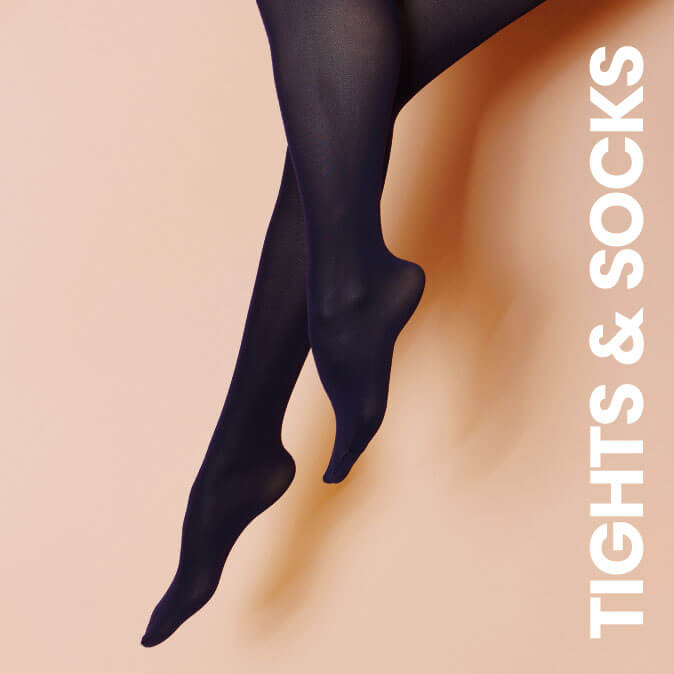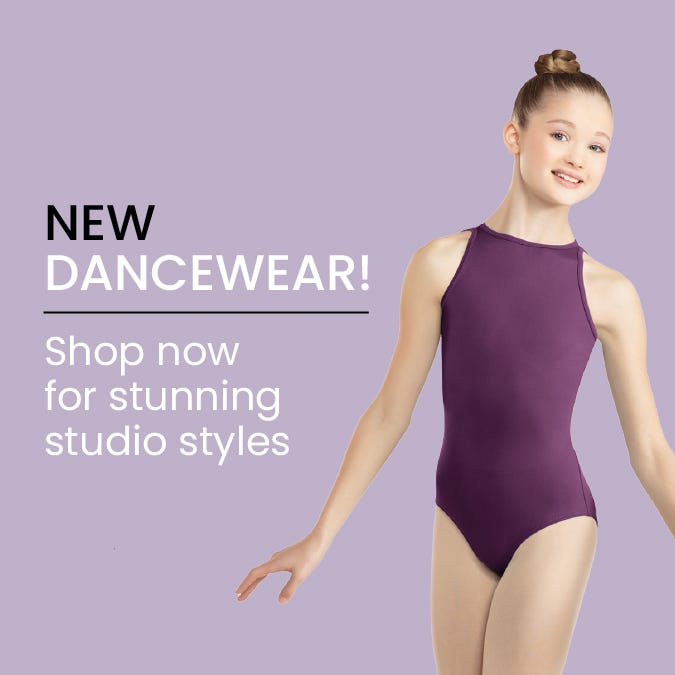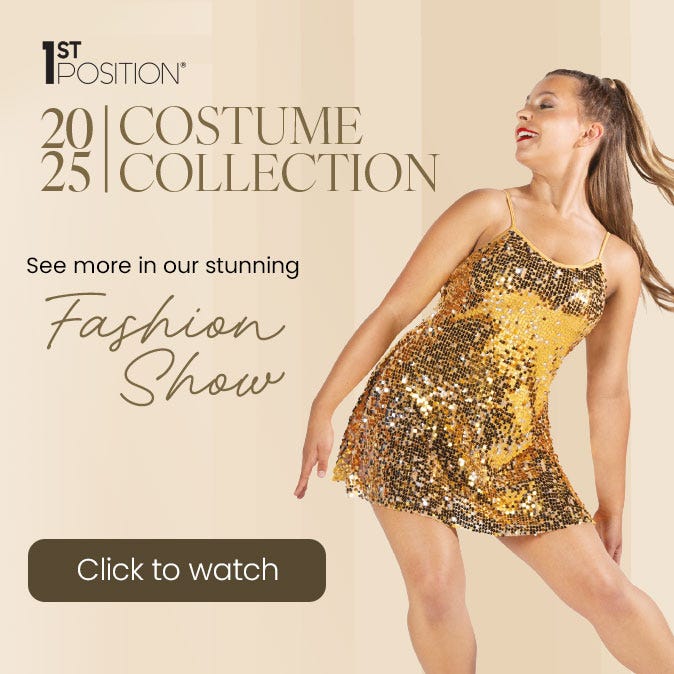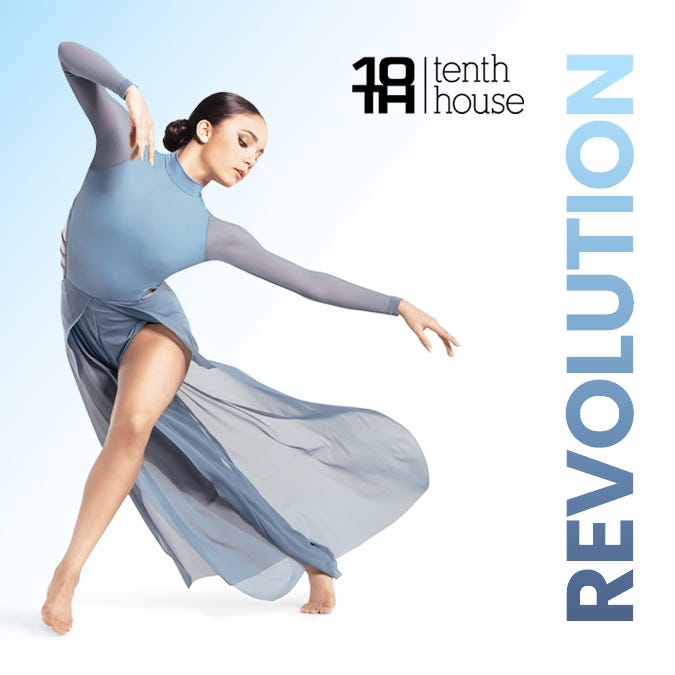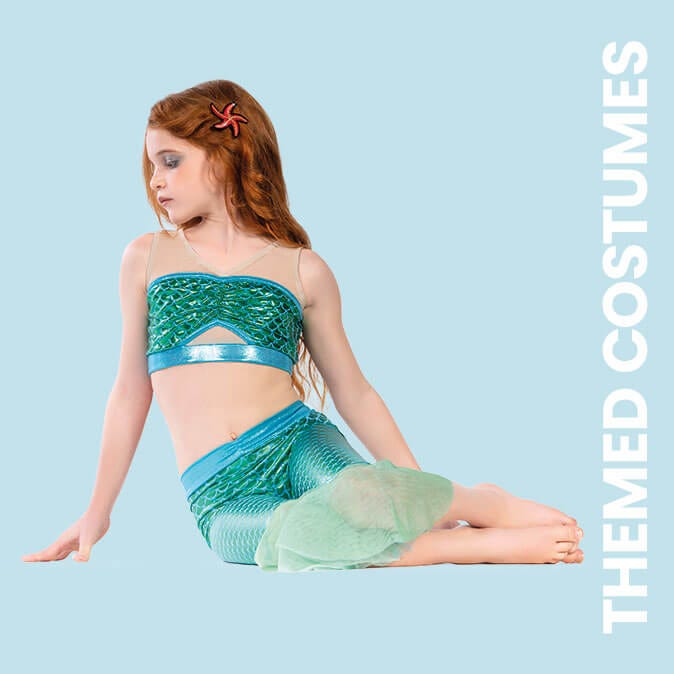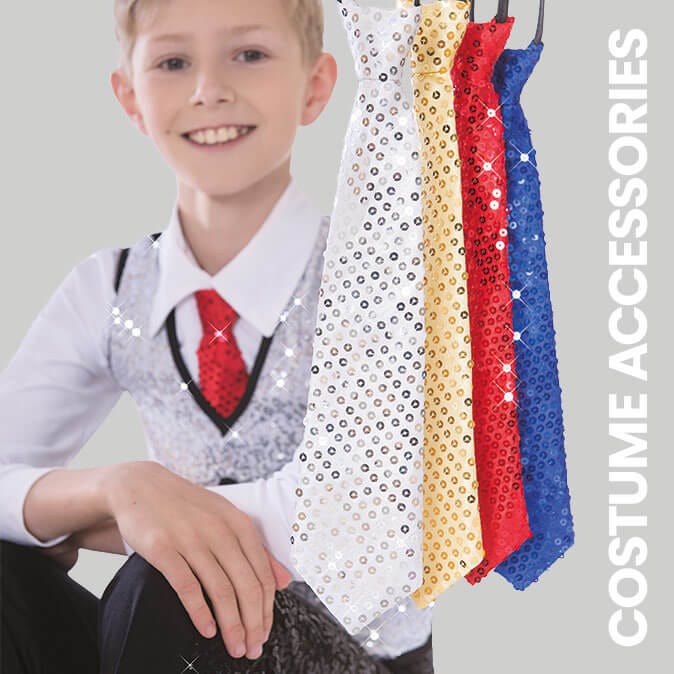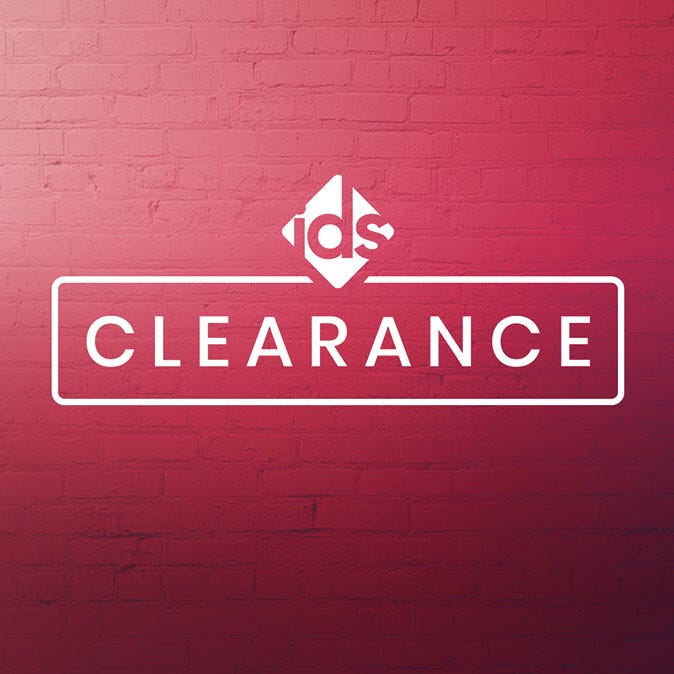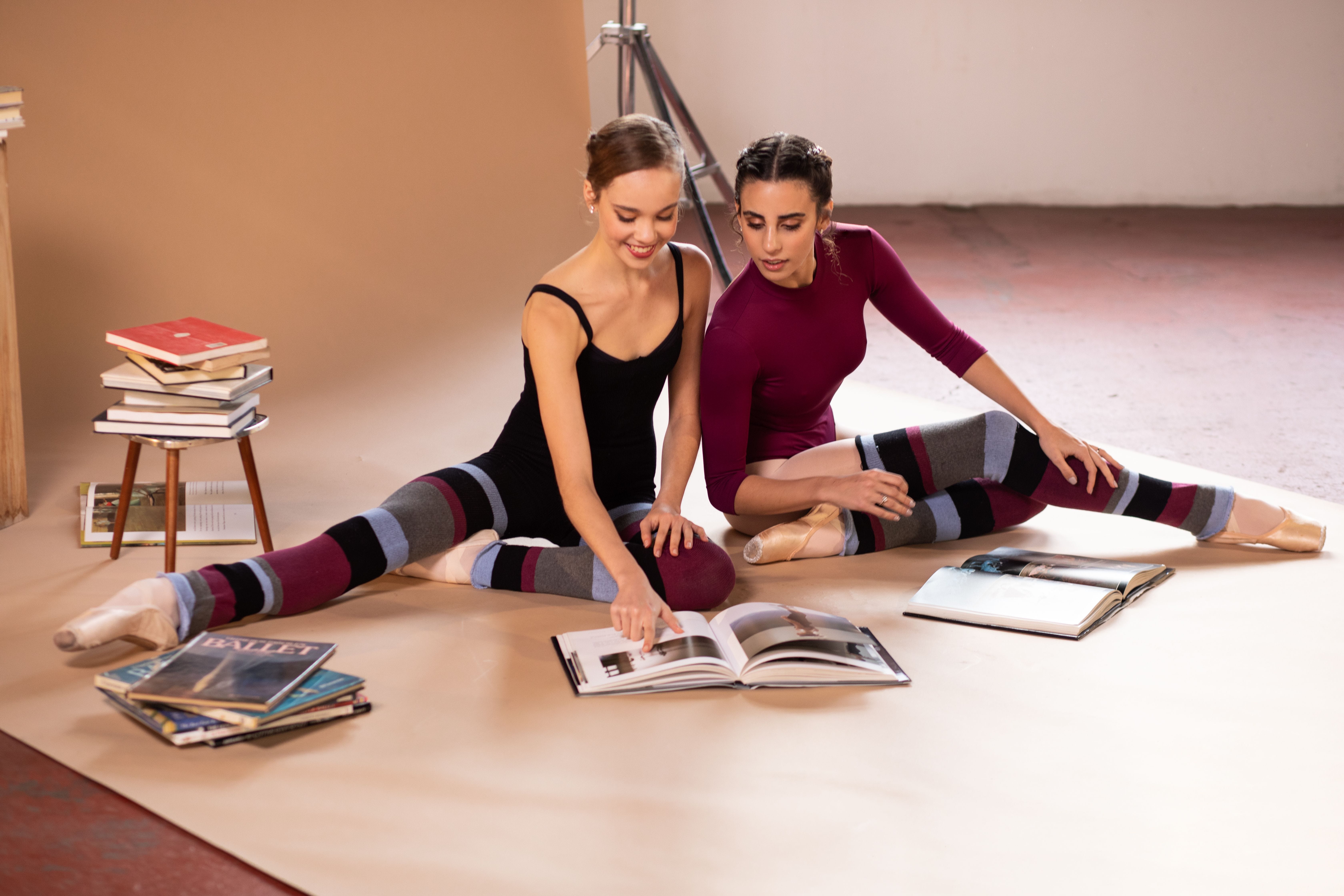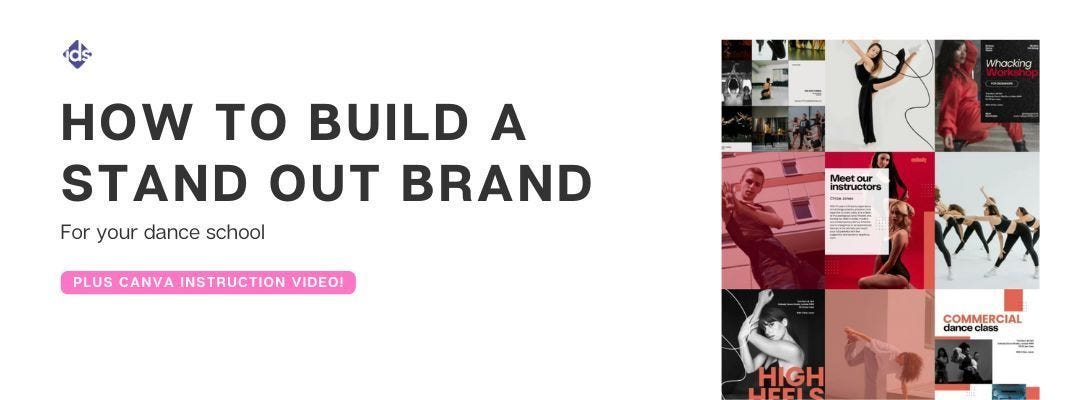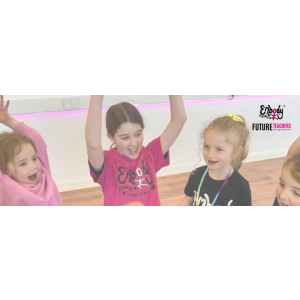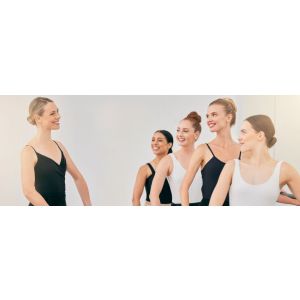With around 11,040 dance schools in the UK–and that number steadily growing each year, it takes more than amazing choreography or excellent service to stand out. This is where branding comes into play. A strong, well-defined brand can set you apart from the competition, attract more students, and establish a solid reputation in the industry. Social media plays a huge part in this, allowing you to showcase everything your dance school has to offer through visual content.
The idea of branding or rebranding your dance school may seem overwhelming, but breaking it down into simple steps can make the process much more manageable.
My name is Charlotte and I’m a Marketing Executive here at IDS. I create the content for our social media pages, and in this blog I’m going to guide you through creating a powerful brand for your dance school, with a focus on assets for social media. Whether you are just starting out in your dance business or have been in the game 30 years and are looking to rebrand your school, this guide will help you to craft a strong, cohesive brand identity that represents your dance school’s values and vision. In this blog, we’ll create a hypothetical dance company and walk you through the complete branding process. Let’s get started!
Defining your School’s Brand Identity
The first step is to go back to basics. How can you determine the direction of your visual content if you don’t have a solid understanding of what your brand is all about?
When defining your brand identity, consider the following questions:
- What styles of dance do you specialise in?
- What are your core values? What do you want your dance school to represent? (e.g, inclusivity, discipline, creativity)
- What is your unique selling point?
- Who is your target audience? Keep in mind that your social media pages will likely be seen by both potential students and their parents/guardians (unless you are running classes exclusively for adults). These are two completely different demographics, so consider how you can create a brand that appeals to your ideal student while also resonating with those who will be paying for the classes.
These elements all play a role in shaping your creative design decisions, which we will explore in more detail in the next section.
Below is my hypothetical dance school, Embody Dance Studio, where I’ve defined these core aspects of my brand to help me develop it visually.
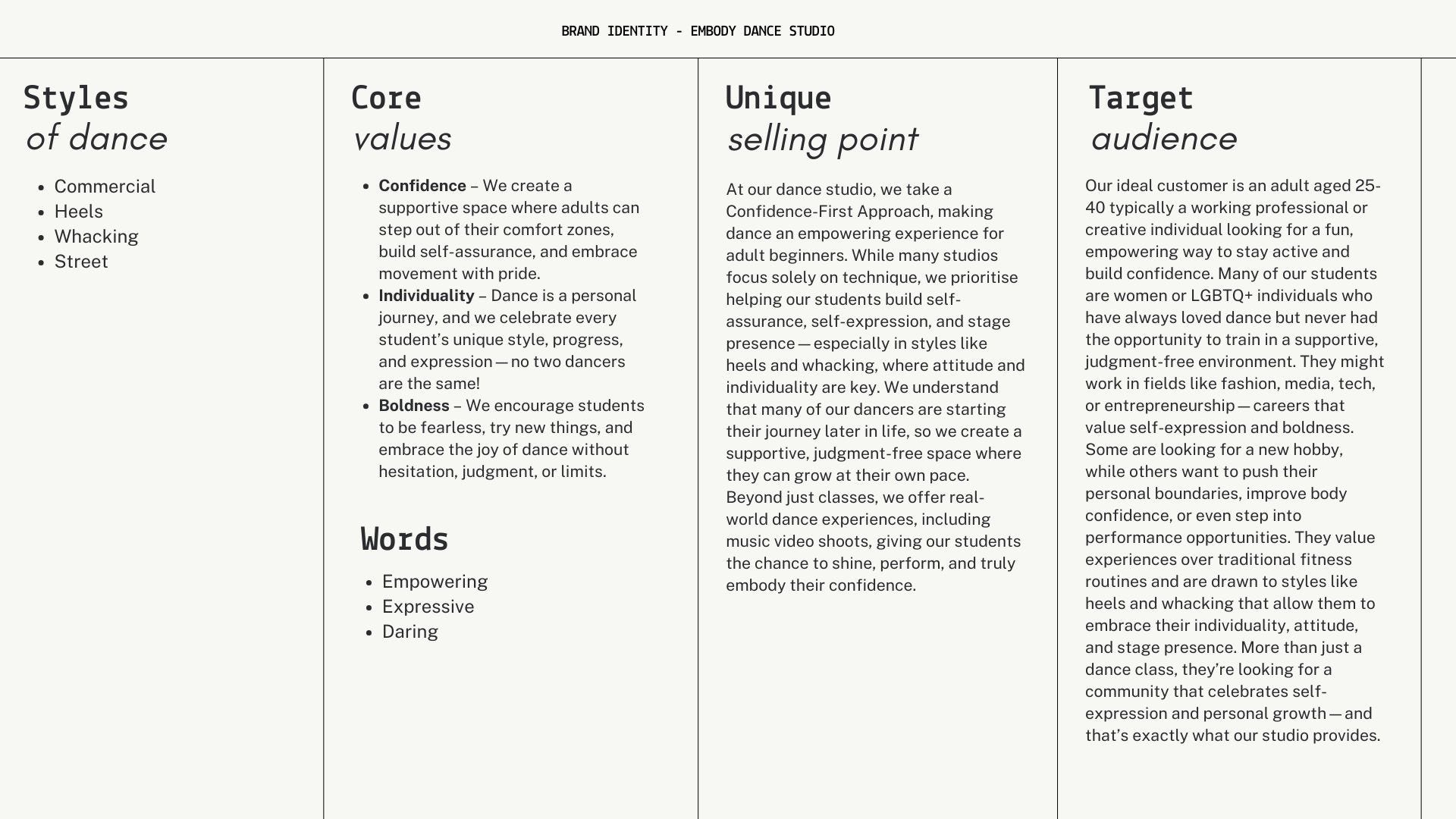

Visual Identity
The visual identity of your dance school impacts your business growth more than you might think. In fact, research shows that 55% of first impressions of a brand are based on visuals alone. The goal is to let customers know who you are and what you offer in a cohesive way. If your branding is inconsistent or varies too much from one post to the next, it can be confusing. According to Marq, brands that present themselves consistently across various platforms are 3-4 times more likely to achieve strong visibility. This means that customers will more easily recognise and engage with your brand.
A good place to start is by creating a mood board of initial ideas. Look at your brand identity you defined earlier and find images that stand out to you and represent your dance school. Draw inspiration from the styles you offer, core values, USP, and target audience. If your school specialises in Acro, what comes to mind? (For me, it’s sleekness, uniqueness, lines, and extension.)
Think about the words that resonate with your brand, then find visuals that match.
The core values I defined for ‘Embody Dance Studio’ are confidence, individuality, and boldness. I was drawn to large fonts, bold colours contrasted against neutral tones, and dance photography that conveys confidence and attitude.
See below for my mood board for ‘Embody Dance Studio’.
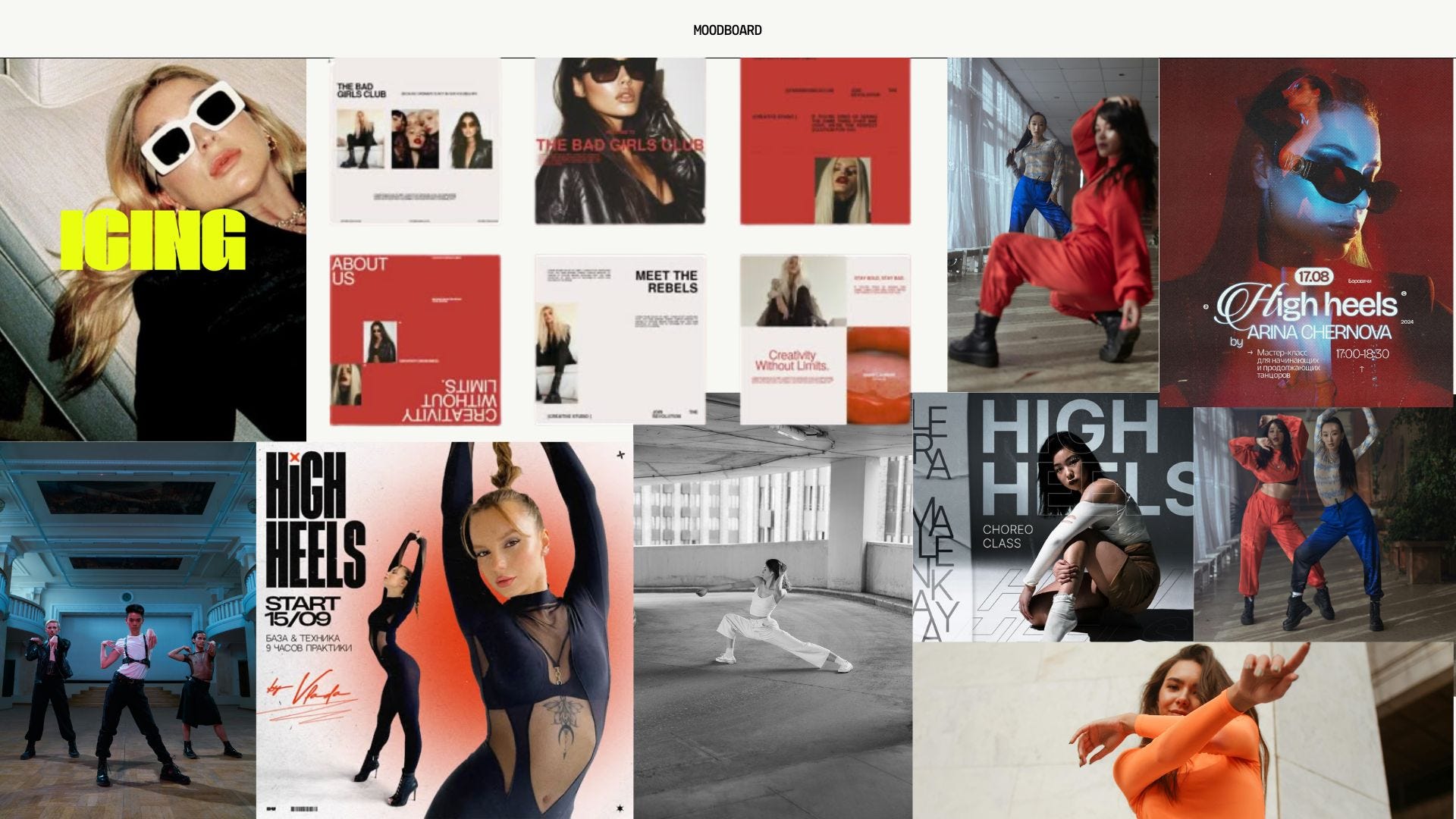

There’s so much you can do design-wise, experiment and play around and see what you can come up with.
Choose a colour palette that reflects your school’s energy, style, and personality. What is the personality of your brand? If it’s playful, you might choose pastel colours; if it’s traditional, navy and gold could work well. For an empowering, expressive, and daring brand, I’ve chosen a bold orange and red.
A good rule of thumb is to use three fonts: one for headlines and titles, one for subheadings or accents, and one for body copy. You can play around with capitalisation, font sizes, line spacing, etc., to create different effects. When it comes to imagery, stock photos are a great option to use alongside your studio images. You'll also want to work on your logo. You can use logo templates in Canva — I’ll briefly explain how in the instruction video. Once you have all these elements in place, you can start creating your social media assets.
See below for an instructional video on how to use Canva to create them.
According to Statista.com, effective use of social media can increase sales by up to 35%. By leveraging your content and branding in the right way, you can significantly boost engagement and visibility.
Take a look at the mock Instagram feeds below. Which one would you be more likely to explore? One is visually cohesive with branding, while the other is slightly all over the place. As humans, we’re naturally drawn to aesthetically pleasing and well-organised visuals–they make us want to stay and scroll.
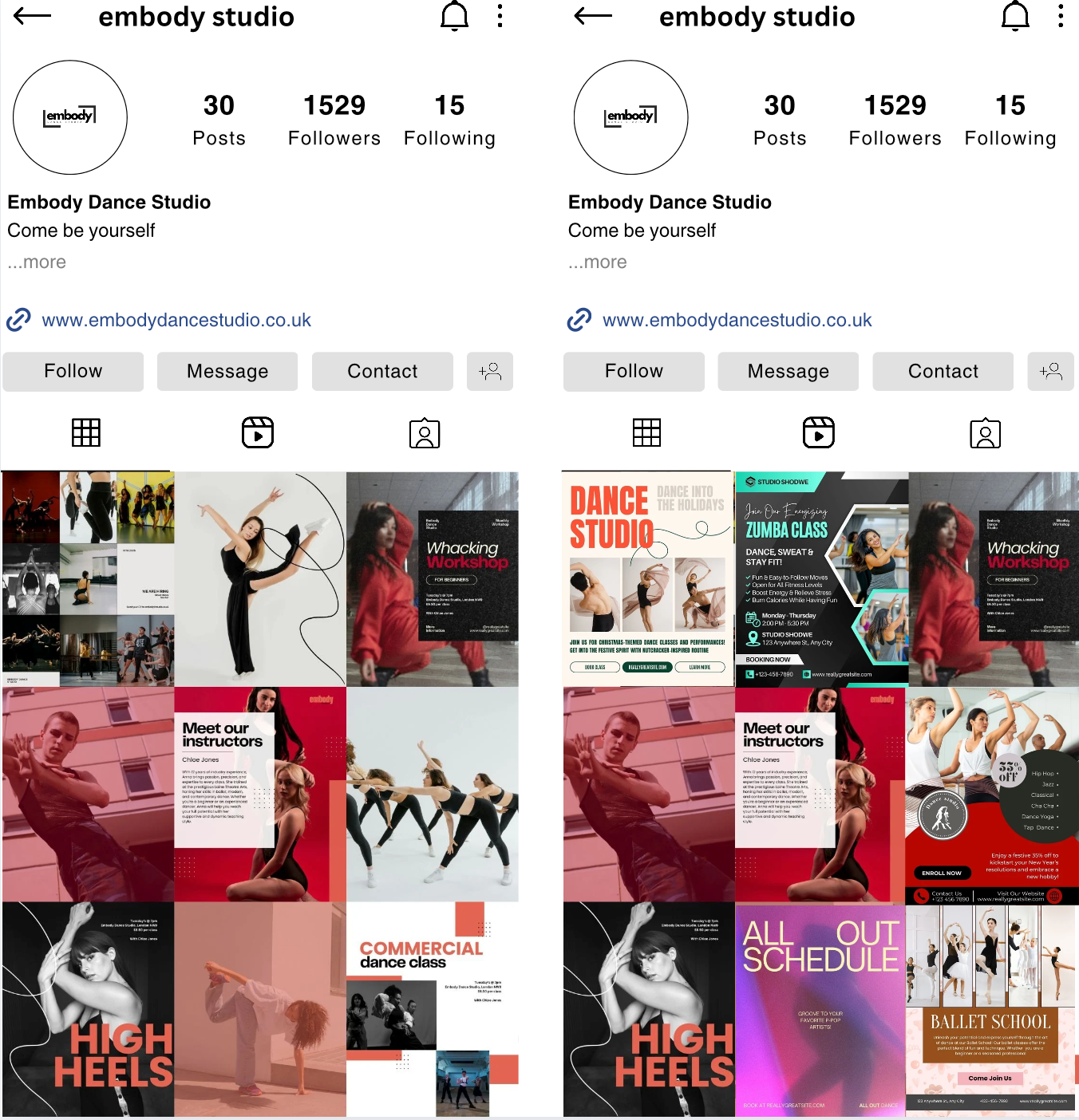

When designing and planning your content, aim for consistency and alignment with your brand’s core values and visual look. Don’t just copy what other dance schools are doing–your authenticity is what will truly resonate with your audience. Think about what makes your dance school unique, and let that shine through in your posts.
For more info on creating content read our blog by The Den’s Sarah Gittins here.



